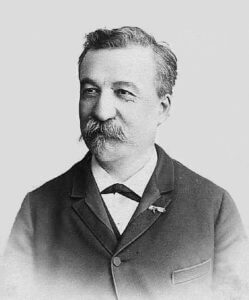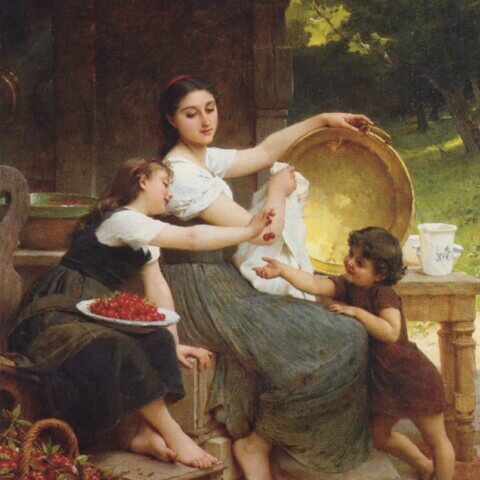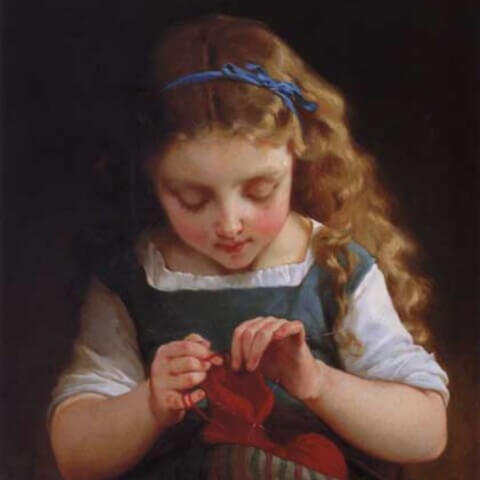Emile Munier

Emile Munier (1840-1895) was a prominent French academic artist known for his highly detailed and impeccably crafted genre scenes and portraits. Born in Paris on June 2, 1840, Munier demonstrated an early propensity for drawing and painting that was ardently supported by his father, a successful upholstery artist.
He was admitted to the Ecole des Beaux-Arts in 1861, where he was tutored under the celebrated artist William-Adolphe Bouguereau. During this time, he was exposed to Bouguereau’s affinity for classical themes and an emphasis on precision and realism, which had a profound impact on Munier’s own style.
In 1869, Munier began to receive widespread acclaim, winning a scholarship to the French Academy in Rome. He stayed in Italy for several years, studying the works of the Renaissance masters and honing his craft. He returned to Paris in 1874, equipped with a refined artistic vision and a deep appreciation for classical realism.
Munier’s painting career took off in the mid-1870s, marked by a series of successful exhibitions. His works were praised for their accuracy, elegance, and the careful depiction of children, animals, and women. His 1882 painting “The Cherry Picker” is particularly renowned for its exquisite detail and sympathetic portrayal of its young subject.
Munier’s reputation grew rapidly in Paris and internationally. He became a regular participant at the Paris Salon and won several awards, including the prestigious Legion of Honor in 1889. His painting “La rêverie,” a mesmerizing portrayal of a daydreaming girl, was highly admired and well-received.
Munier’s work was commercially successful, with patrons from Europe and the United States commissioning his paintings. Despite his success, Munier remained committed to his art, tirelessly working until his sudden death from a stroke on June 29, 1895.
Emile Munier left an enduring legacy in the realm of Academic art. His masterful portrayals of everyday life, interspersed with a warm, compassionate gaze upon his subjects, have earned him a place among the most celebrated French painters of the 19th century.
- 1
- 2












